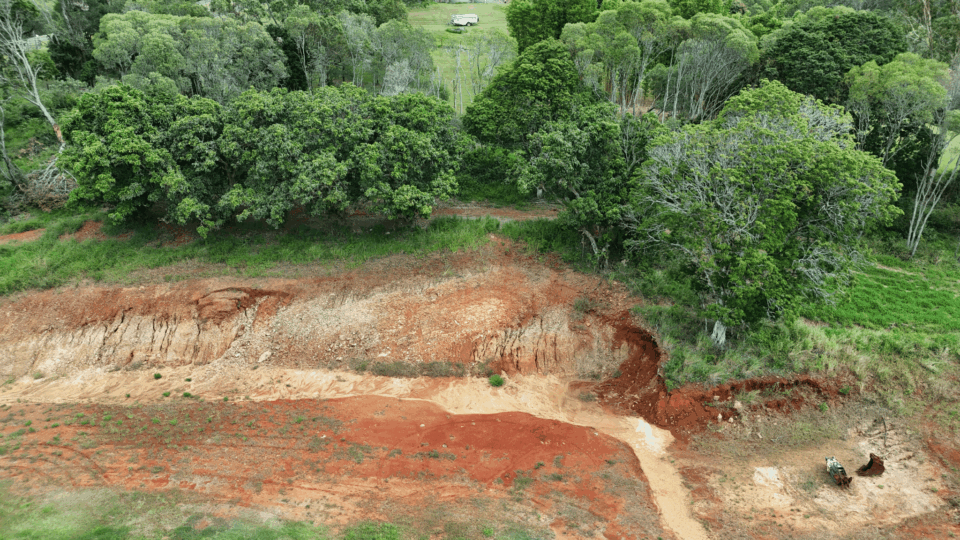
Slope stability assessments are an important determinant of whether ground conditions are suitable to build on, and the type of structures permissible within a nominated building envelope. They are essential for safely managing and mitigating risks associated with natural terrain and engineered slopes.
Our process for slope stability assessments involves:
Slope stability assessments are essential when undertaking projects involving terrain that may pose stability risks. They help ensure the safety, compliance, and structural integrity of your project. Common scenarios requiring an assessment include:
Each STA Slope Stability Assessment delivers:
We have over 30 years’ soil testing experience and complete hundreds of geotechnical investigations every year, giving us a deep understanding of local conditions throughout Queensland and NSW.
With our own NATA accredited laboratory, we thoroughly test and analyse materials. Because we have full control over the testing process, we produce extremely reliable data for every project.
With decades of data across hundreds of thousands of soil tests, we’ve developed local and regional profiles of soil compositions, along with wind ratings, bushfire assessments, and other ‘site estate specific’ data.
STA is a one-stop engineer with a service range that delivers three key advantages:
Pre-planning your engineering needs means you won’t have to keep re-booking an engineer when you need a particular service. It creates efficiencies that cut service times and save you money by pulling together the services you’ll need, at a lower overall price.
With all your engineering done by a single organisation, your consultants tap into a deeper knowledge of the site and the project, which leads to high quality outcomes, with more opportunities for innovative solutions.
While STA always takes legal responsibility for its engineering designs, an up-front engineering services package makes it easier to trust our work with a strong mutual commitment, and reduced risk of potential interruption or delay.